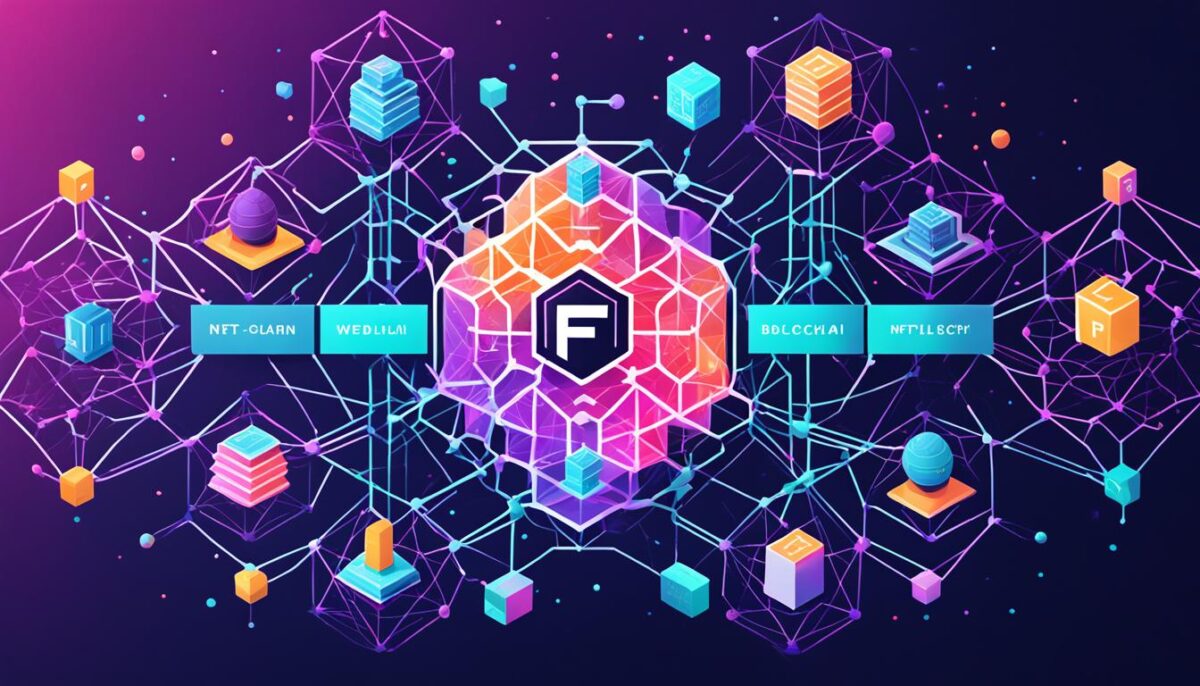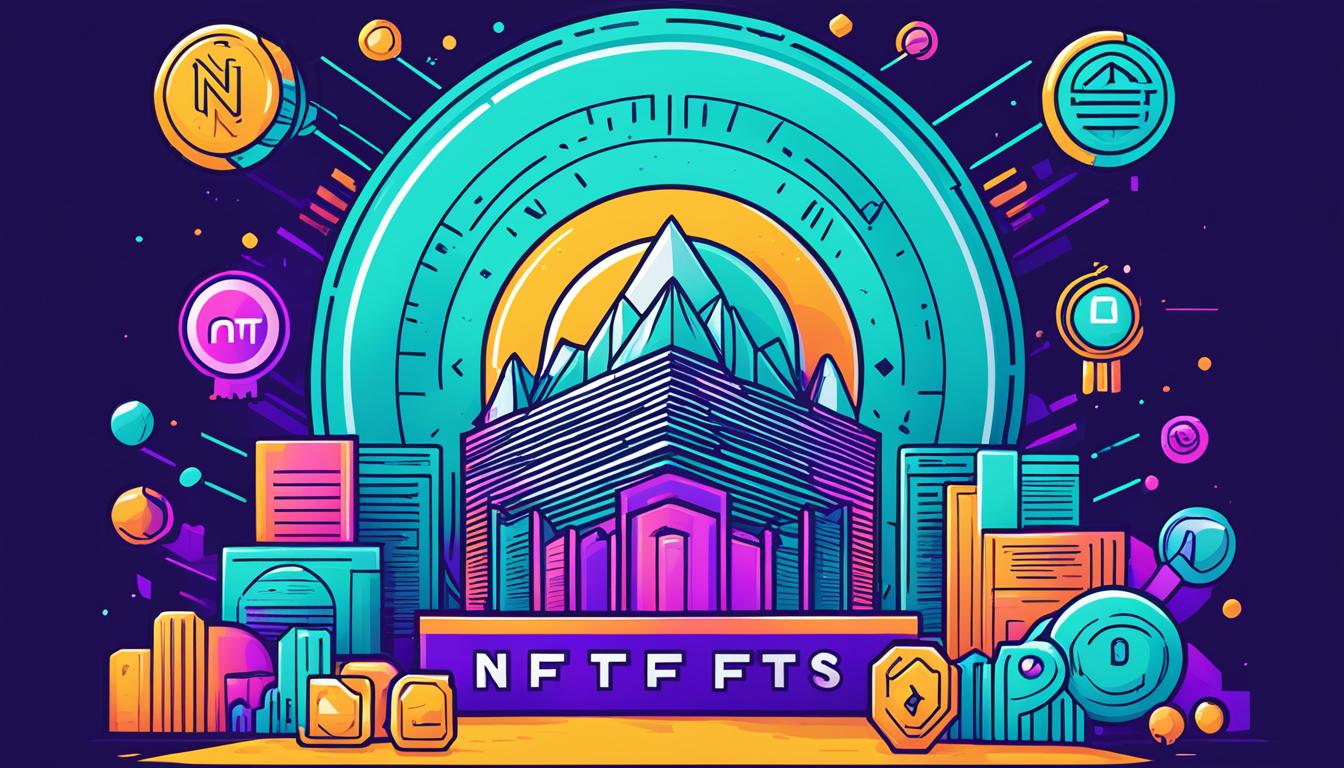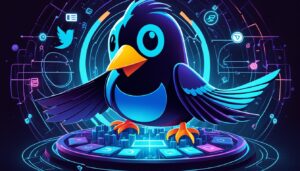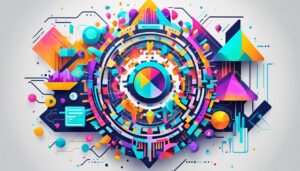In the rapidly evolving digital landscape, a new phenomenon has captured the attention of tech enthusiasts, art collectors, and investors alike – non-fungible tokens, or NFTs. These unique digital assets have been making waves, transforming the way we think about ownership, authenticity, and the value of digital content. But what exactly is an NFT, and why has it become such a hot topic in recent years?
At its core, an NFT, or “non-fungible token,” is a digital certificate of ownership and authenticity that is stored on a blockchain. Unlike traditional digital files, which can be easily replicated and shared, each NFT is unique and cannot be exchanged for an identical item. This unique quality is what sets NFTs apart and makes them valuable to collectors and investors.
As we delve deeper into the world of NFTs, we’ll explore the various applications and use cases that are redefining the way we interact with and value digital content. From art and collectibles to gaming and real estate, the potential of NFTs is vast and constantly evolving. Join us as we uncover the secrets of this exciting new frontier in the digital realm.
Exploring the World of Non-Fungible Tokens (NFTs)
In the ever-evolving landscape of digital assets, non-fungible tokens (NFTs) have emerged as a game-changing innovation. Powered by blockchain technology, NFTs are redefining the way we approach digital ownership, creating a new paradigm where digital items can be uniquely identified, verified, and traded.
Understanding the Concept of NFTs
At the core of NFTs is the concept of digital scarcity. Unlike traditional digital files that can be easily replicated, NFTs are one-of-a-kind digital assets that cannot be interchanged or replaced. Each NFT is unique, with its own distinct metadata and characteristics, making it a valuable and authentic digital representation of art, collectibles, or other virtual items.
The blockchain technology that underpins NFTs plays a crucial role in this digital ownership revolution. By recording the ownership and transaction history of NFTs on a decentralized, transparent, and secure ledger, the blockchain ensures that the authenticity and provenance of these digital assets are verifiable and immutable.
Unique Characteristics of NFTs
The defining features of NFTs make them truly unique in the digital realm:
- Digital Ownership: NFTs provide a way for individuals to own and trade unique digital assets, such as digital art, virtual real estate, or in-game items, just as they would with physical possessions.
- Scarcity: Each NFT is unique and scarce, with a limited supply that is recorded on the blockchain, creating a sense of rarity and exclusivity.
- Transferability: NFTs can be easily bought, sold, or traded on various NFT marketplaces, allowing for a dynamic and thriving digital economy.
- Indivisibility: NFTs are generally not divisible, meaning they cannot be broken down into smaller parts, maintaining their unique and indivisible nature.
As the NFT blockchain ecosystem continues to evolve, the applications and use cases for these digital assets are expanding rapidly, from NFT art and collectibles to more complex use cases in finance, gaming, and beyond. The future of NFTs promises to be both exciting and transformative, offering new opportunities for digital ownership and creativity.

What Is NFT Mean: Diving into the Applications
As we delve into the world of non-fungible tokens (NFTs), it’s important to understand the myriad of applications they are transforming. From the art world to the gaming industry, NFTs are revolutionizing how we perceive and interact with digital assets.
In the art domain, NFTs have emerged as a game-changer, offering artists a novel way to create, authenticate, and sell their digital works. By utilizing the blockchain technology that underpins NFTs, artists can now ensure the scarcity and ownership of their digital creations, unlocking new revenue streams and opportunities for greater artistic expression.
The gaming industry has also embraced the potential of NFTs, integrating them into various in-game assets, such as virtual land, items, and characters. This integration allows players to truly own and trade these digital items, fostering a more engaged and vibrant gaming ecosystem. As the future of NFTs unfolds, we anticipate even more innovative applications that will further redefine the landscape of digital ownership and transactions.




